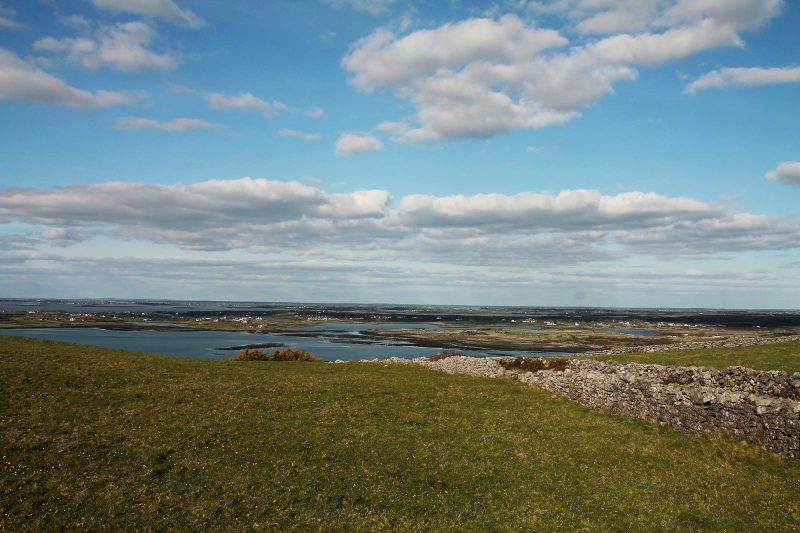
10 things to know before moving to Ireland
Dia dhaoibh! Hello everyone!
It has already been a month since my return from Ireland, and I am starting to feel quite nostalgic. Before I departed to the Emerald Isle, I would have never expected to adapt so quickly to the new environment. I only knew the most widespread stereotypes (rains a lot, it is very green, etc.) prior to my trip. Yet, I feel like over the past months I have embraced many Irish habits that have stick to my routine here in Sweden. In order to prepare the ground and make things easier for those who are considering to go on exchange to Dublin, here I share a few facts of what to expect from this wonderful country!
1. Get ready to drink lots of tea
In a similar way as Swedes love coffee, Ireland is one of the major tea consumers in the world. In fact, they drink more tea than in the UK! If you are not a fan of tea, you should begin to get used to it starting from now. If someone invites you to their home, you will likely be offered a cup of tea (more than a cup of coffee).
Moreover, it is often served with milk (Irish people are extremely fond of their precious fresh cow milk). However, a variety of plant-based drinks are also available is most cafeterias. In the shared kitchen of our lab, there were tea bags (mostly black tea) and some milk that we could use at any time. Now you know – It is always tea o’clock in Ireland!
2. You will learn a brand new English
I already mentioned it in the Irish Urban Dictionary post, but I cannot stress it enough. If you thought you could speak in English, you may change your mind after stepping in the streets of Dublin. Irish people have their own version of English that you will need to acquaint yourself with, particularly to the Dublin slang.
You may feel a bit lost in the beginning, but no worries. A couple of weeks in Ireland and you phrases such as ”what’s the craic”, ”it’s grand”, ”suck diesel”, and ”lads” will become part of your daily vocabulary. Do not hesitate to ask native speakers to slow down, you will need to do it more than once!
3. Obsession with the weather
Although it is broadly believed that Ireland has a predominantly monotone climate of grey clouds and regular rains, this could not be further from reality. One can go through several sudden changes in weather on the same day. During my exchange, I particularly remember a day that woke up with crystal clear skies and bright sun, later covered by a thin layer of fog that resulted in a drizzle. However, this further developed into a heavy hailstorm and strong winds, followed by light snowfall, before the sunshine closed the day again. All of the weather spectrum in over just a few hours; a little too extreme, if you ask me.
This is probably why weather is the favourite and most employed subject of small talk among Irish. They do have a strange fascination for weather that you will not be able to understand. You will listen comments about the climate non-stop. The week I landed in Dublin, we were blessed with a week of full sun. ”Conor, what a beautiful week of full sun and warmth we are having!” was the first sentence I overheard when entering Trinity College upon my arrival.
4. Potatoes are a national treasure
As it happens in Sweden, potatoes are the centre of Irish gastronomy. Even though they do not have the fanciest and richest cuisine, potatoes are cooked in all kinds of forms and shapes. From the typical french fries served in every Irish pub to the Irish Stew, the Colcannon (Irish mashed potatoes), the Irish potato casserole, the Shepherd’s Pie or Cottage Pie (Irish claim their ownership in this recipe as much as British), the farls (Irish potato bread), and the boxties (similar to British hash browns), to only name a few.
Potatoes are easy and fast to grow even in poor soil and weather conditions, while it has a high nutritional value. These features turned it into the core of the Irish diet. This is why the Irish population was so hardly affected during the Irish Potato Famine of the 1800s, when all potato crops died. It is probably for that reason that potatoes are worshiped among the Irish people.
5. Irish people are very friendly
This stereotype is well-known worldwide, but I can confirm it is actually true! People on the street say sorry more than Canadians (experience-based), not only as a way to apologise for any disturbances, but also as to express ”excuse me”. Please and thank you are catchphrases in the streets of Dublin.
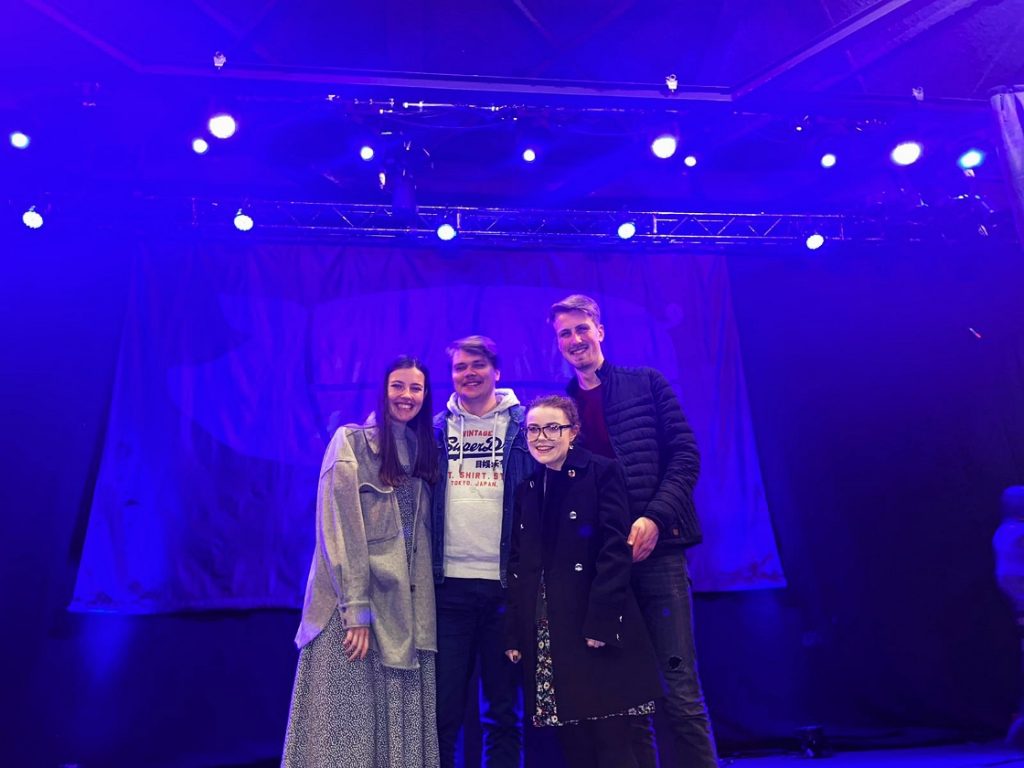
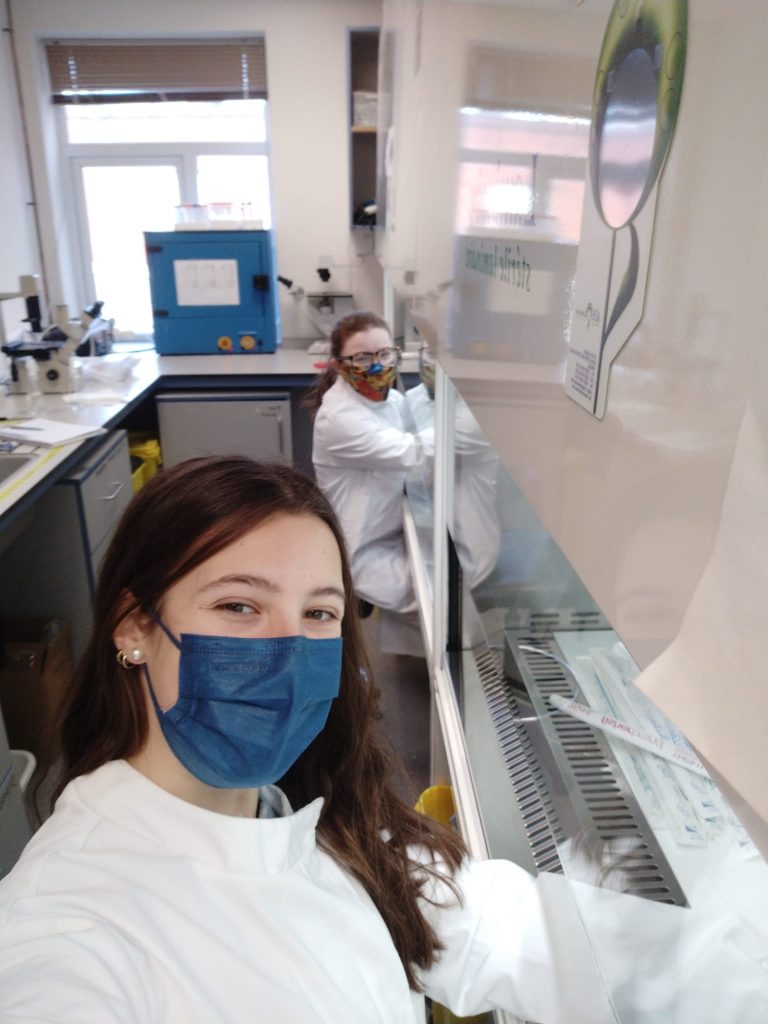
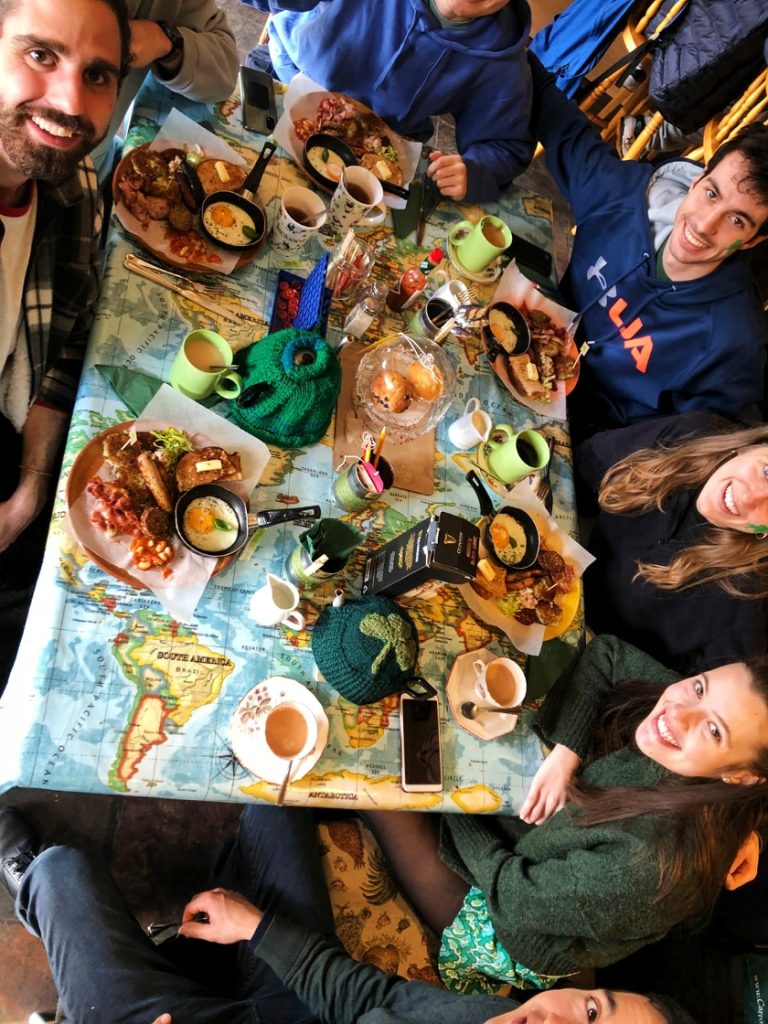
Photo by: Anonymous.
As long as you are nice, you will receive an overload of kidness from Irish citizens (with the exception of teenargers, who on the contrary tend to be quite rude) in return. You may also feel their openness and sociable-nature; you will see how easy it is to start a conversation with anyone at all! However, it takes a bit longer to establish closer bonds with them. But give them some time; it is worth the wait!
6. Apartment hunting is a nighmare
Those who have already read the post ”How to find accommodation in Dublin” are undoubtedly aware of this. The housing situation in Ireland, and especially in Dublin, is terrible. After tons of viewings and many rejections, if you manage to get a decent room, rent will be most likely expensive. My recommendation is to start with the search as soon as possible. It is possible though, but it requires a little effort…
In my case, I eventually found accommodation through my supervisor, sharing apartment with a medical doctor that was also undertaking his PhD in our same lab. Luckily, we got along very well. I had my own room and bathroom, as well as access to the common spaces, but the price was quite costly. Unfortunately, we lived far away from the city centre, but on the bright side, the tram station was right in front of my place!
7. Do not understimate the cold
Coming straight from Sweden, where we had temperatures of 18-20 degrees below zero during last winter, I totally underrated the cold. Climate in Dublin is super different compared to Stockholm. Dublin has a remarkably humid environment since it rains more frequently than in Sweden. Because it is located in the middle of the Atlantic Ocean, the gusts of wind are much stronger too. Although temperature never decreases to such low values as in Sweden, the wind and humidity make the 0 degrees of Dublin feel like minus 10.

Photo by: Rubi Sosa. 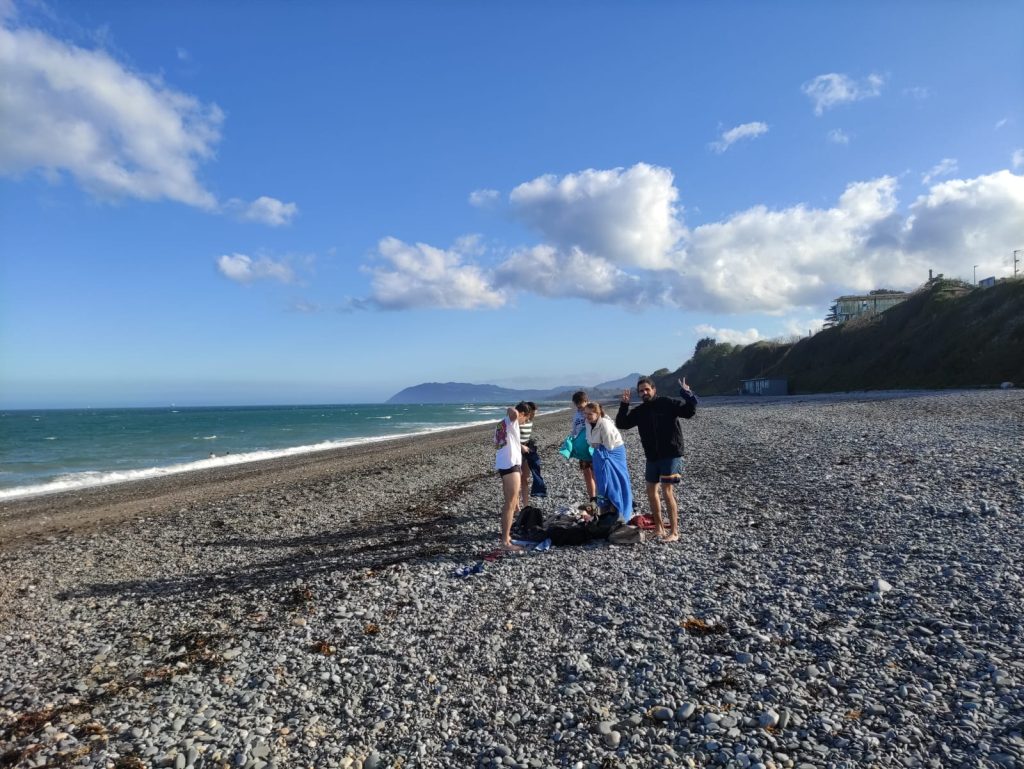
Photo by: Marta Carrasco. 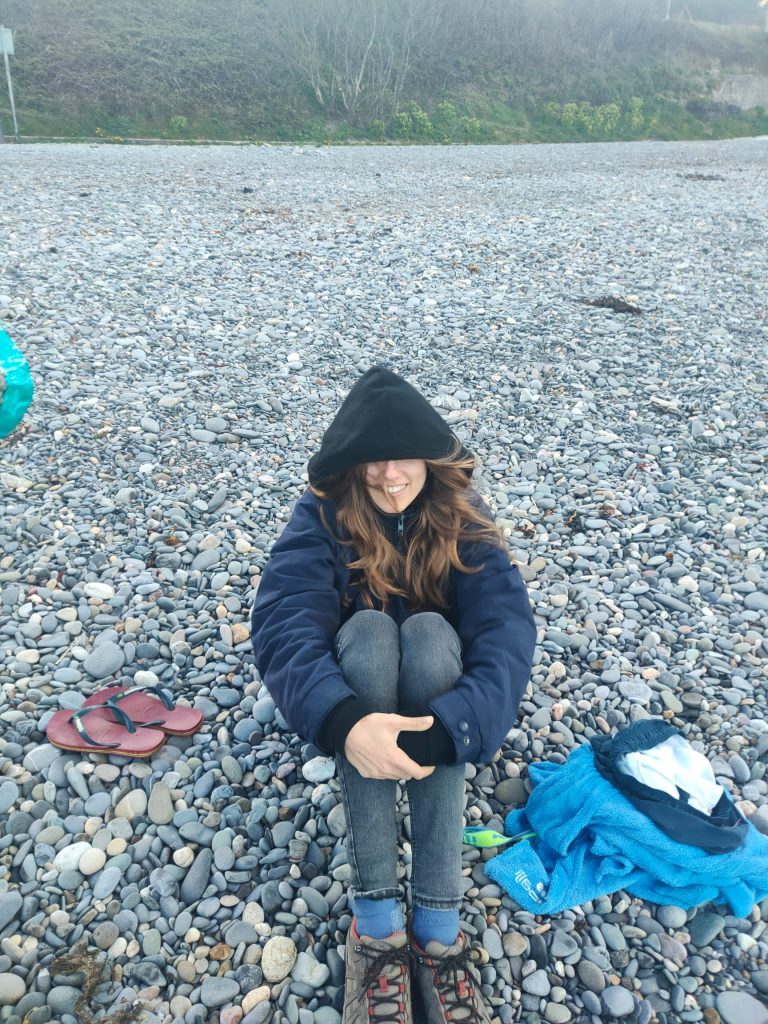
Photo by: Pedro Vargas.
I made the big mistake of only bringing one thicker winter coat and a light spring raincoat. This was a problem because on showery days of January/February/March, the rainwater would go through my coat and did not keep me warm. Having known it before, I would have definitely brough my skiing jacket with me. Besides, Irish houses ahave poor isolation and expensive electric heating. Therefore, I firmly recommend bringing thick/warm/thermal sweaters and hoodies for wearing indoors while in winter.
8. Late is the new on time
If you are a person that is often late, your will feel at home in Ireland. Unlike the strictness of the Swedish clock, Irish people are known for their habit of turning up late everywhere. It is not an excuse, but the awful public transport sytem does not help to improve their punctuality. Dublin Bus schedule is a mystery and does not seem to stick to any rule. DART Train has many irregularities in its timetable and sometimes decides not to show up. Luas, the tram serive, is likely the most reliable but still, it can have serious delays and be cut in certain sections due to construction work.
As you can see, it is difficult to plan for being on time. Thus, the only solution for this is to arrive extremely in advance, but no-one seems to like that idea. This is why Dublinners (and Irish in general) are always late. Be patient my friend, and prepare yourself to spent long bits waiting for your irremediably tardy Irish lads!
9. Pubs are part of Irish culture
Irish do their live outside their households, essentially in pubs. Pubs in Ireland are decorated in detail, creating a warm and cosy environment for customers to spend their free-time. There is also live-music almost everywhere, mostly during the weekends. Some bars offer traditional riverdance shows along as well. It is, hence, understandable that people prefer to hang out in these places, since pubs are so welcoming!
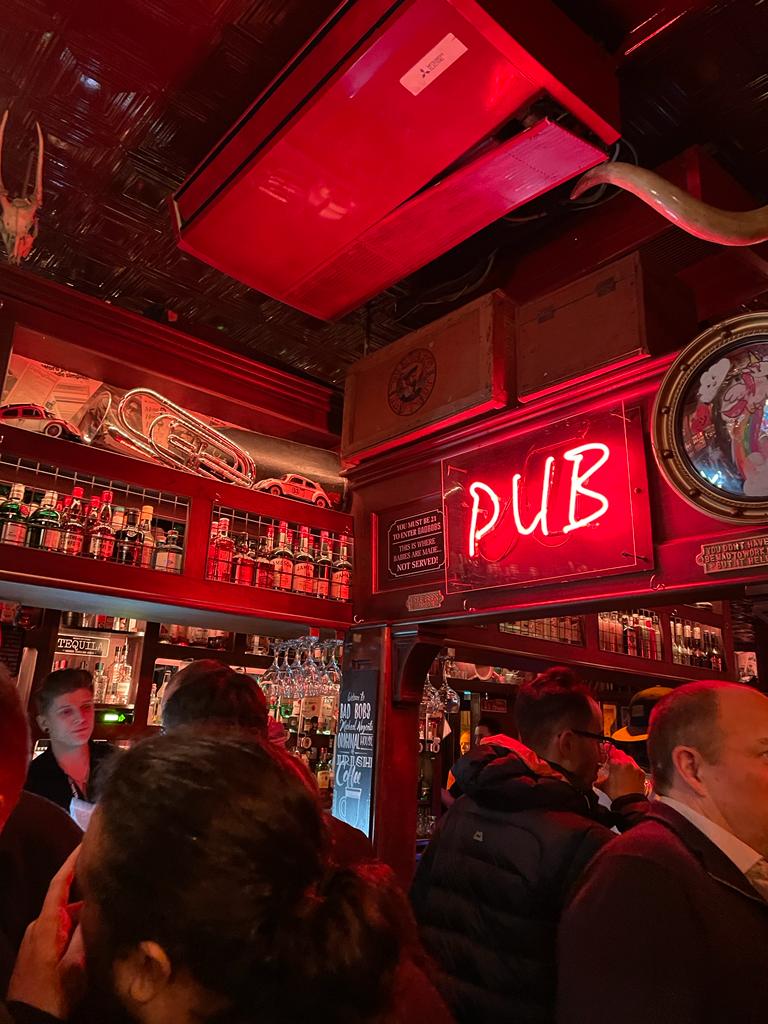
Photo by: Emelie Utterman. 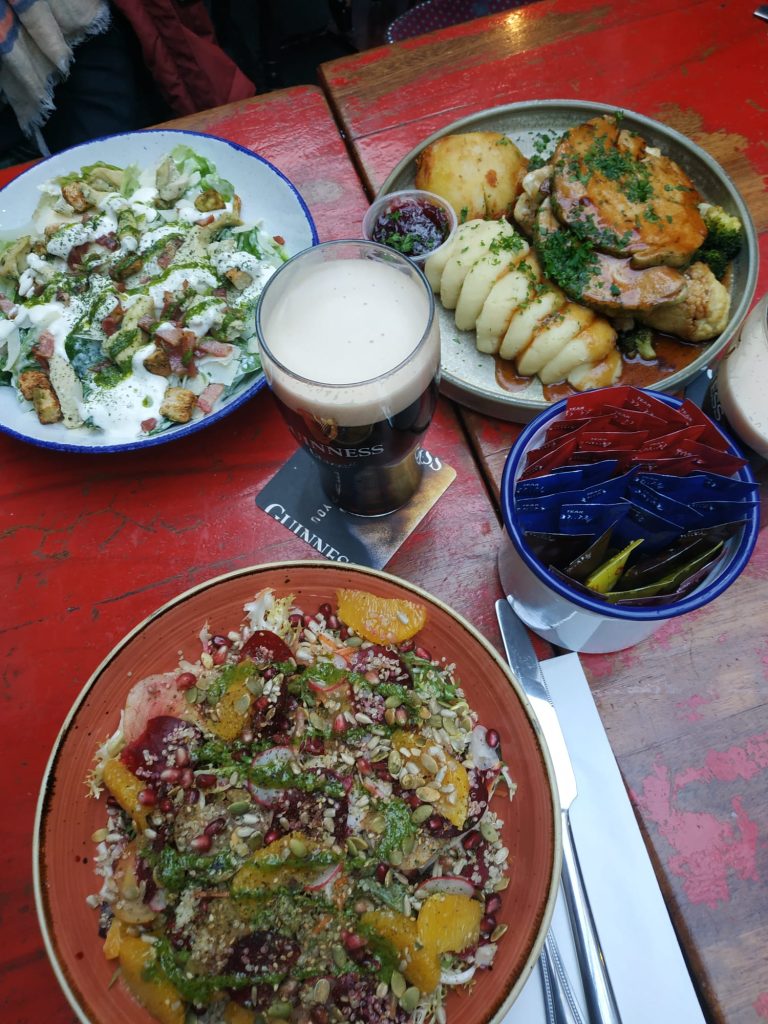
Photo by: Oneka Perea. 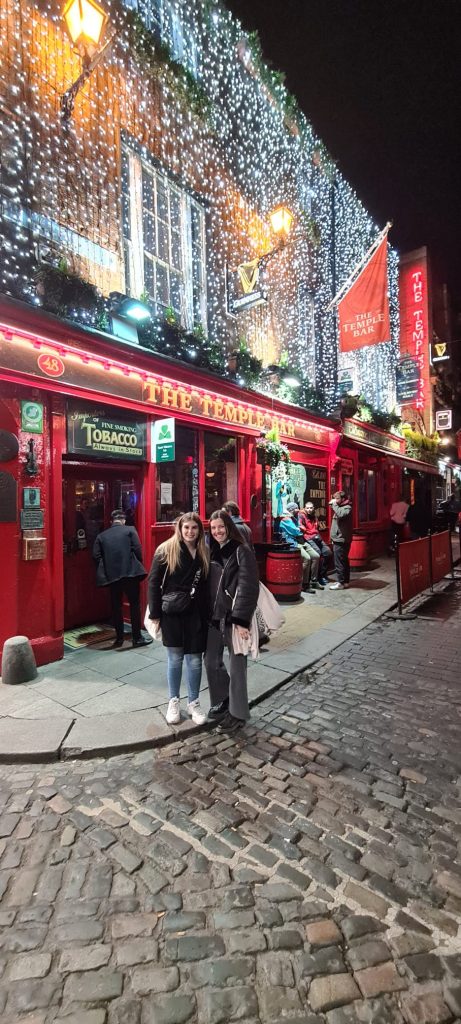
Photo by: Temple Bar safety guard.
On the subject of pubs, Irish love a good drink. Ireland has a huge variety of own alcoholic drinks, from the typical pint of Guinness to Irish Coffee, Baileys Cream, Irish Whiskey, etc. Nevertheless, alcohol is pricey; expect to pay at least 7€ for a pint of Guinness in Temple Bar (5.50€ is the cheapest I have ever paid). You may be offered drinks often, so be careful with the alcohol consumption… Some Irish tend to overdo it!

Photo by: Oskar Casselryd. 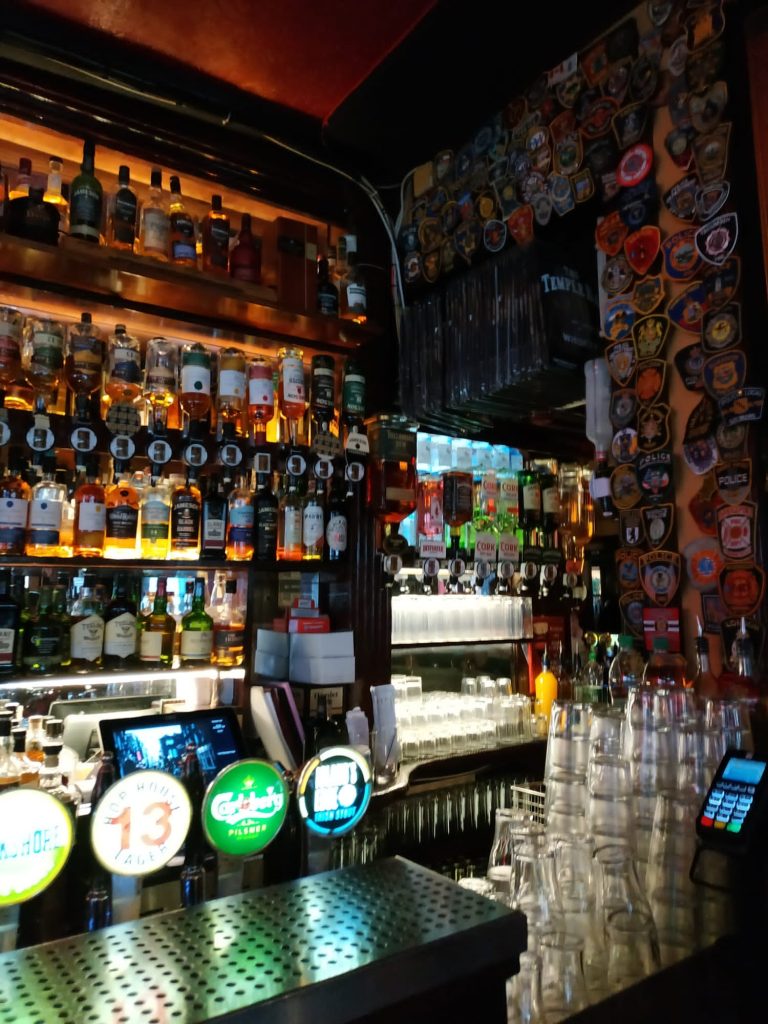
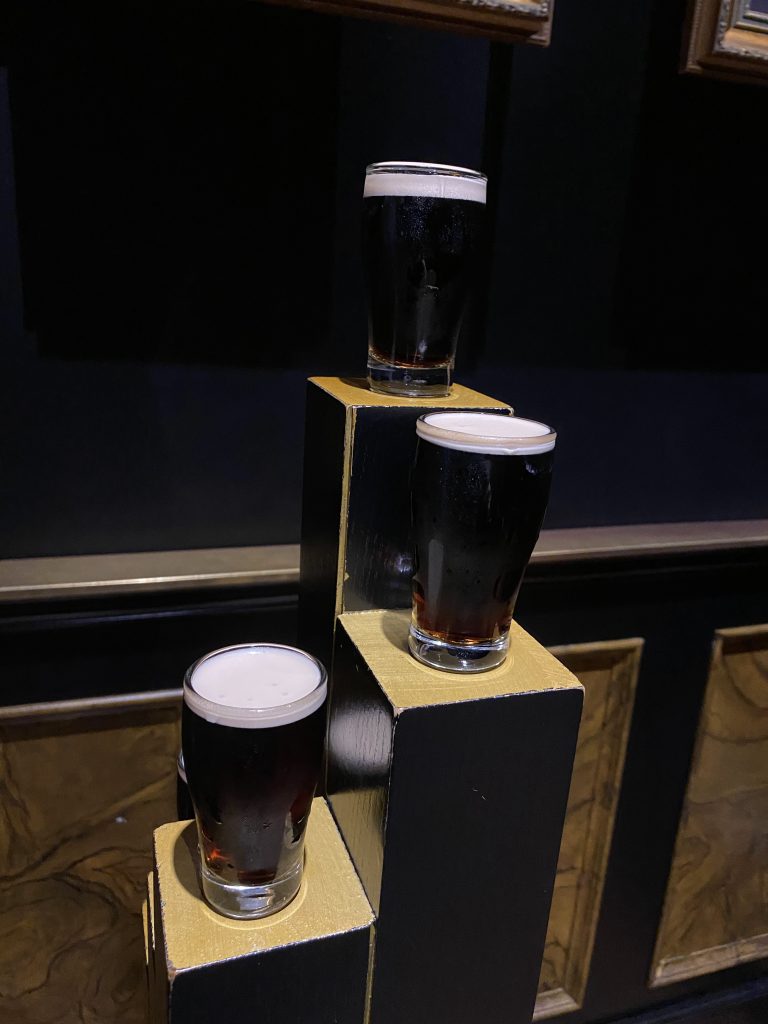
Here is a story to highlight the weight of alcohol in Ireland. On my last night, I went to our favourite pub to drink a final pint of Guinness. One of my friends, however, was a bit sick, and she wanted to have a warm herbal tea instead. When we asked for it to the waiter, he immediately believed we were joking… When he realised it was an honest request, he looked at my friend and claimed: ”We do not have anything like that in here, but I can prepare a warm whiskey for you. You will see how quickly your throat ache will disappear!”.
10. Ireland is an expensive country
Lastly, another underestimation I made. Coming from Sweden, I thought Ireland would be cheap. Or in any case, more affordable. Major error. Ireland, Dublin in particular, is expensive. To give you an approximation of my expenses, I paid 750€/month of rent (600€/month was the cheapest from my friends), with an extra of 80€/month for bills. Public transport can cost 80-120€/month if you are a student (get a Student Leap Card!!!), depending on if you only use the tram, or also the bus/train.
Leisure is a bit more economical than in Stockholm, but it is easy to spend 25€ for a drink and dinner on a night out. Cinema prices are as excessive as in Sweden (14-16€/movie). Honestly, I did a lot of hiking and outdoor activities during my time in Dublin, because in addition to the beauty of the Irish nature, they were free/student-budget friendly. Unless you go to Penneys, fast-fashion brands have similar prices to Stockholm.
In contrast, groceries were way cheaper. For someone that loves cooking, it was a real pleasure to be able to buy a can of chickpeas (400 gr) for 29 cents (3 kr approx.), uncooked red lentils (1 kg) for 1.69€ (18 kr approx.), 6 small kiwis (400 gr) for 99 cents (10.5 kr approx.), and fresh carrots (1 kg) for 99 cents (10.5 kr approx.). Although Lidl and Aldi are the most low-priced brands, Tesco has good products as well. All in all, be ready to spend about 1160-1420€/month during your stay in Ireland, expenses divided as it follows:
- Accommodation: 600-800€/month (depends on location).
- Bills: 80-100€/month (sometimes included in rent).
- Transport: 80-120€/month (with a Student Leap Card).
- Groceries: 150€/month (in shopping at Lidl/Aldi/Tesco).
- Going out: 100-150€ (outdoor dining/drinking/coffee).
- Extras: 150€ (other leisure activities, clothes, materials).
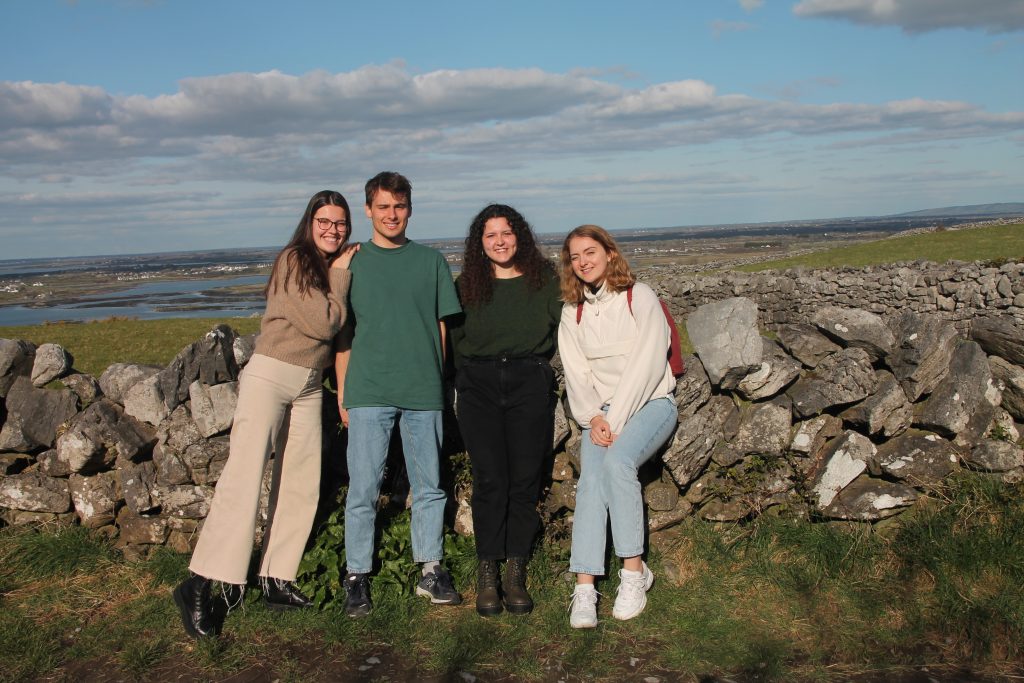
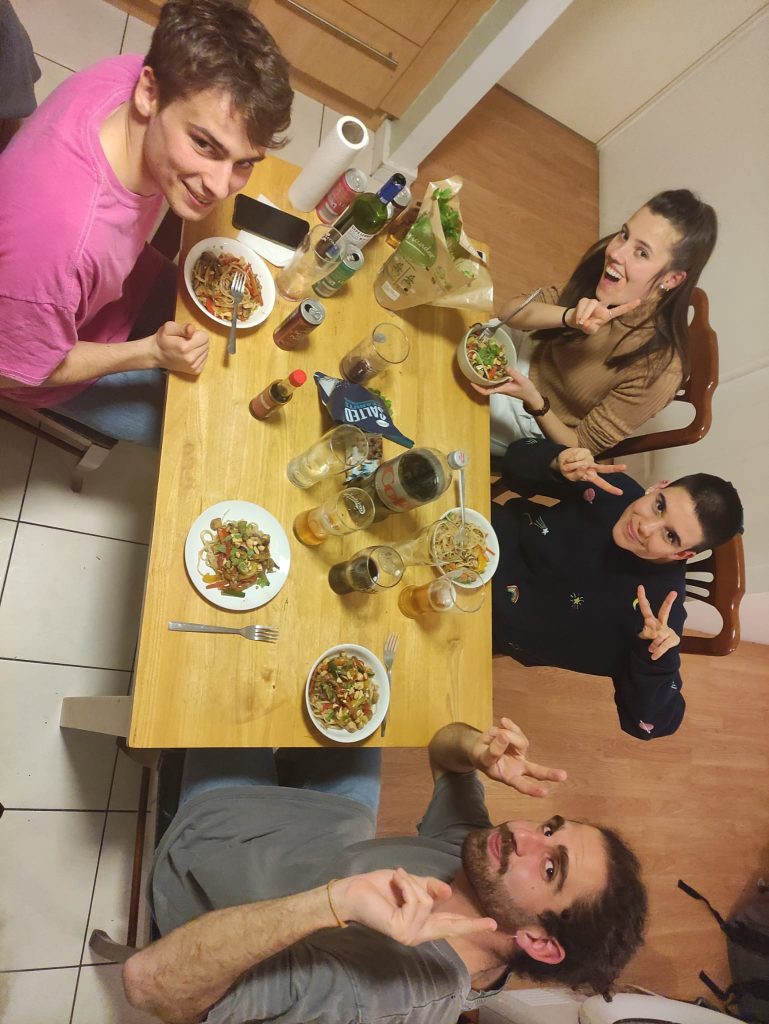
Photo by: Marta Carrasco. 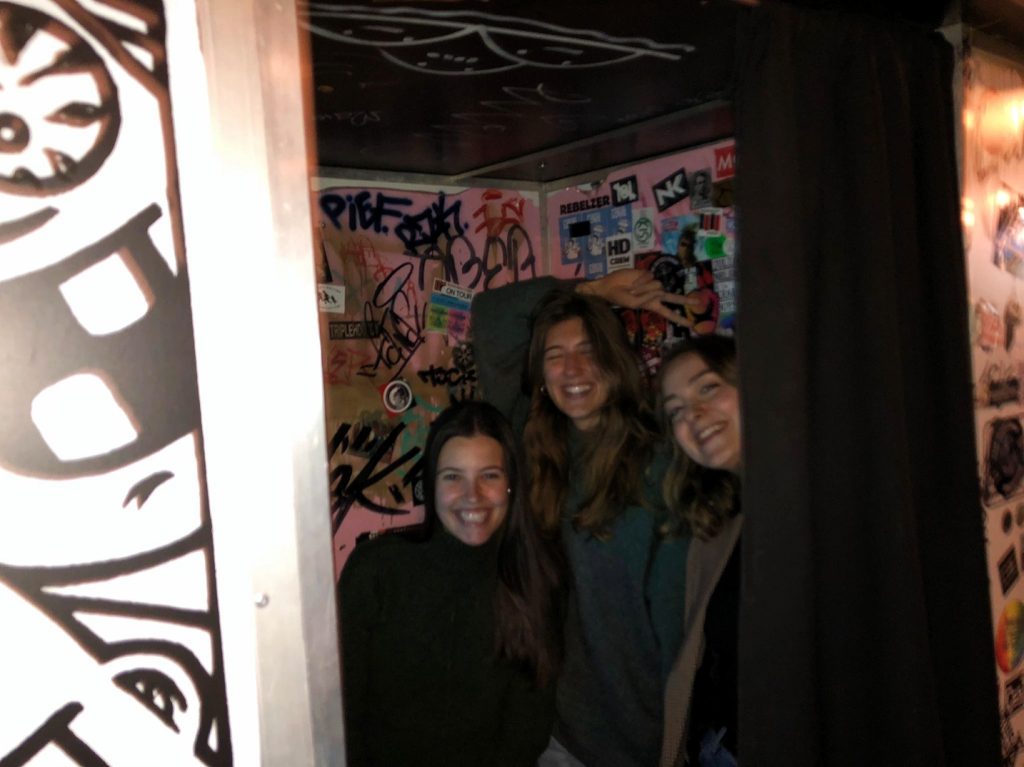
Photo by: Pedro Vargas.

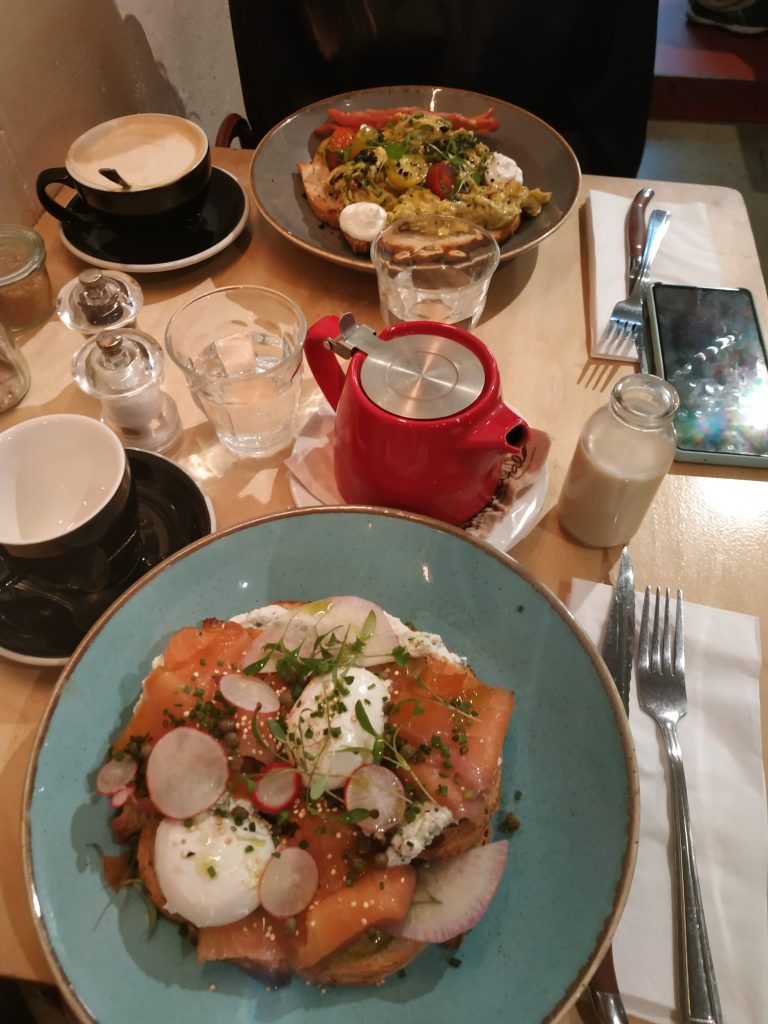
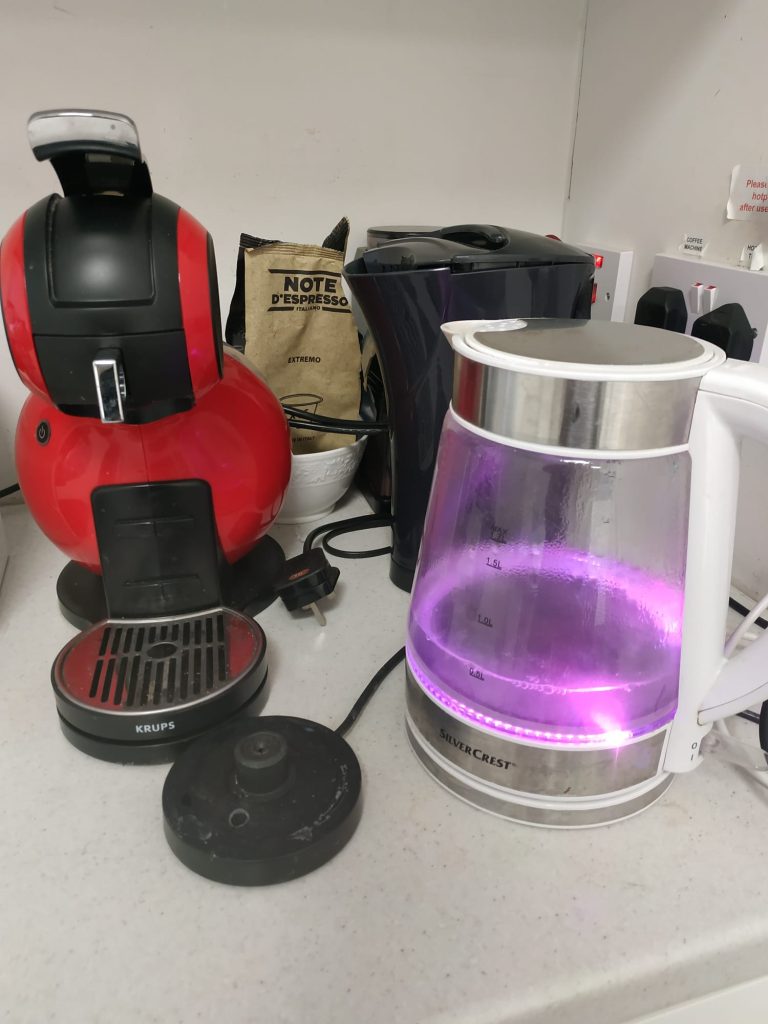
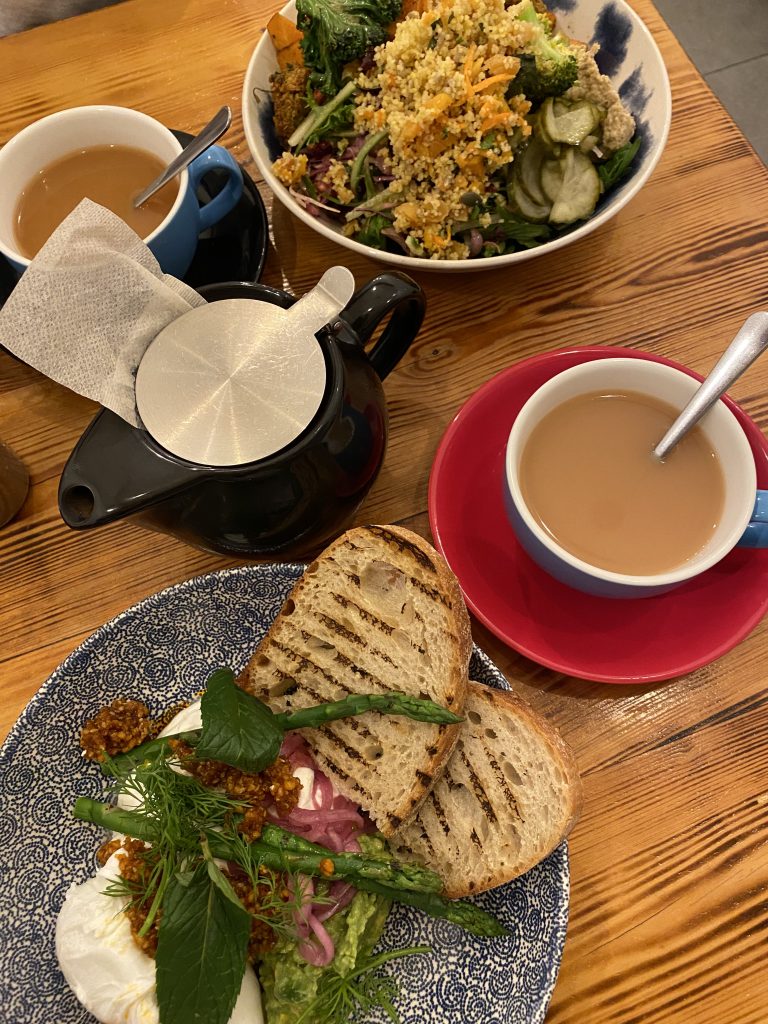
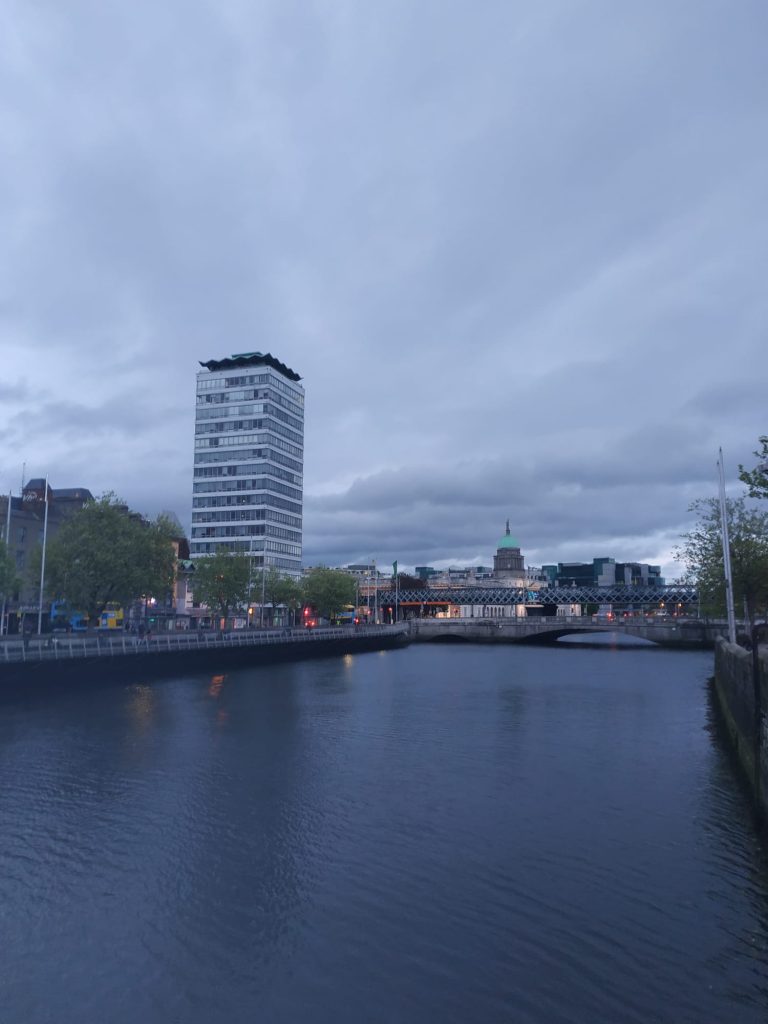
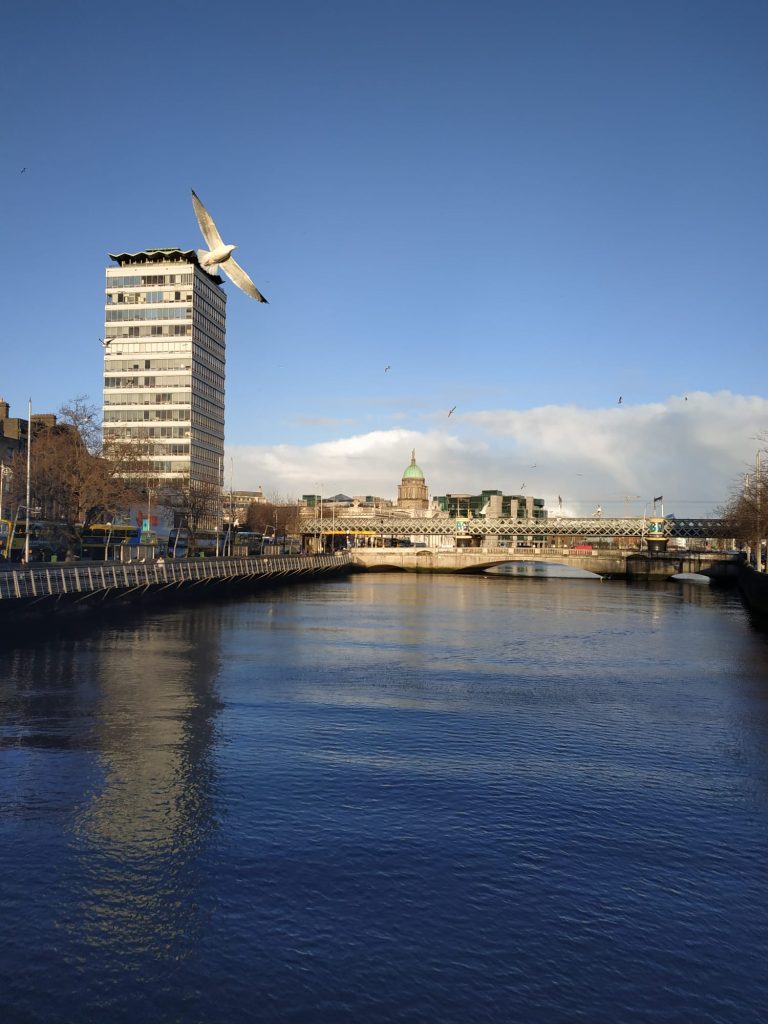
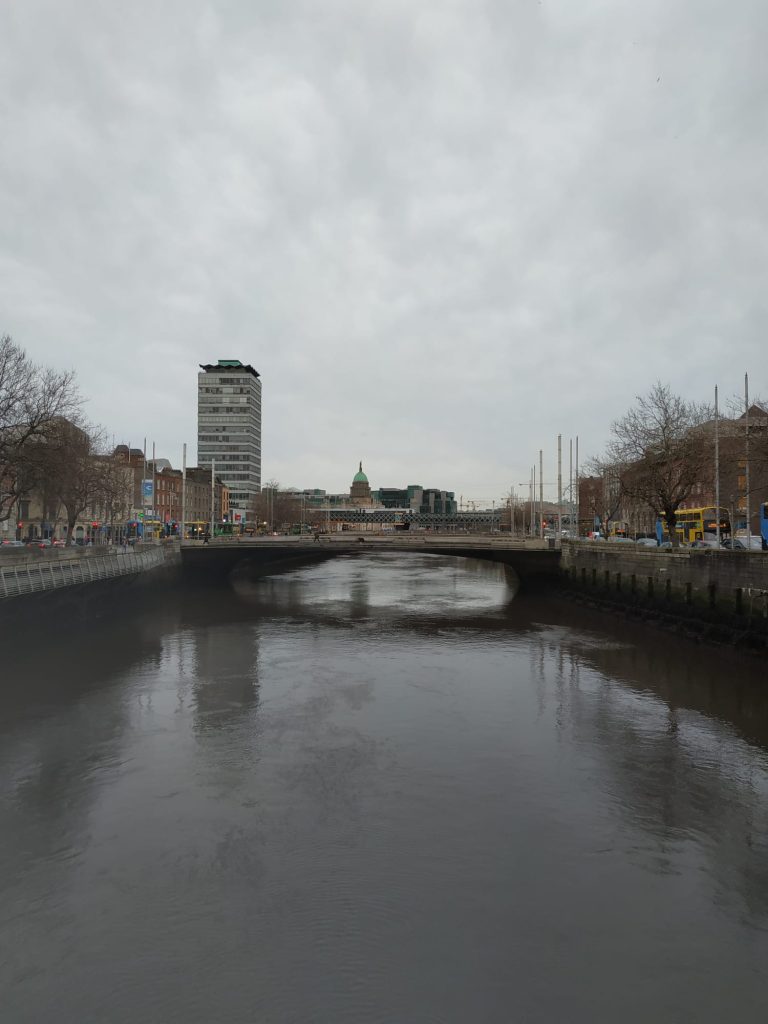

0 kommentarer